Introduction to VFFS Machines
Vertical form, fill, and seal (VFFS) machines are a popular packaging solution in various industries. They automate the packaging process by creating bags, filling them with the product, and sealing them shut. This article will dive deep into the workings of VFFS machines and explore their various components, process, types, applications, and benefits.
Key Components of a VFFS Machine
A VFFS machine consists of several key components that work together to create, fill, and seal bags efficiently.
2.1 Film Transport System
The film transport system feeds the packaging film from a roll into the machine. It controls the tension and alignment of the film to ensure a smooth and precise process.
2.2 Forming Tube and Collar
The forming tube and collar shape the packaging film into a cylindrical tube. The collar wraps the film around the forming tube, ensuring the correct size and shape for the final bag.
2.3 Vertical Sealing System
The vertical sealing system seals the edges of the film to form a continuous tube. It uses heat or pressure to create a strong and reliable seal.
2.4 Horizontal Sealing and Cutting System
The horizontal sealing and cutting system forms the top and bottom seals of each bag. It uses heat or pressure to create a seal and a knife or cutting mechanism to separate the individual bags.
2.5 Filling System
The filling system is responsible for dispensing the product into the bags. There are various filling systems, such as volumetric cup fillers and auger fillers, depending on the product type and requirements.
2.6 Control System
The control system monitors and manages the entire VFFS process. It ensures that all components are working in harmony and that the machine is producing consistent, high-quality packaging. Modern VFFS machines often feature touchscreen interfaces and advanced software for easy operation and monitoring.

Working Principle- How VFFS Machine Works
Let’s explore the VFFS process in detail, from the unwinding of the packaging film to the discharge of the finished bags.
3.1 Film Unwinding
The process begins with the film transport system unwinding the packaging film from a roll. The film is guided through a series of rollers to ensure proper alignment and tension control.
3.2 Film Guiding and Tension Control
The film is guided through the machine using a combination of sensors and rollers. Tension control is essential for maintaining the film’s position and preventing wrinkles or misalignment, which could lead to defective bags.
3.3 Film Forming
The film is then wrapped around the forming tube and collar to create a cylindrical tube. The size and shape of the forming tube determine the dimensions of the final bag.
3.4 Vertical Sealing
Once the film has been formed into a tube, the vertical sealing system applies heat or pressure to seal the overlapping edges together, creating a continuous tube.
3.5 Filling
The filling system dispenses the product into the formed tube. The type of filling system used depends on the product’s properties and desired packaging accuracy. Volumetric cup fillers and auger fillers are examples of commonly used filling systems.
3.6 Horizontal Sealing and Cutting
The horizontal sealing and cutting system creates the top seal of the current bag and the bottom seal of the next one. Simultaneously, a cutting mechanism separates the individual bags.
3.7 Discharge
The finished bags are discharged from the machine, ready for further processing or packaging.
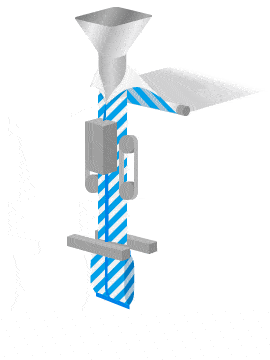
Types of VFFS Machines: Comparing Pneumatic and Servo-Driven VFFS Machines
Understanding the differences between pneumatic and servo-driven VFFS machines can help businesses choose the right packaging solution for their needs. In this section, we will compare the advantages and disadvantages of these two types of machines.
4.1 Pneumatic VFFS Machines
Pneumatic VFFS machines use compressed air to power their sealing and cutting systems. They are reliable and cost-effective, making them a popular choice for small to medium-sized businesses.
Advantages of Pneumatic VFFS Machines
- Lower initial cost: Pneumatic VFFS machines typically have a lower upfront cost compared to servo-driven machines, making them more accessible for businesses with limited budgets.
- Simple operation: Pneumatic machines are relatively easy to operate and maintain, with fewer complex components than servo-driven machines.
- Reliability: Pneumatic VFFS machines are known for their durability and reliability, providing consistent performance over time.
Disadvantages of Pneumatic VFFS Machines
- Limited speed and accuracy: Pneumatic machines generally have lower production speeds and less precise control over sealing and cutting compared to servo-driven machines.
- Higher energy consumption: Pneumatic VFFS machines require a constant supply of compressed air, which can lead to higher energy costs.
- Less flexibility: Pneumatic machines may have limited capabilities when it comes to handling various packaging materials and formats.

4.2 Servo-Driven VFFS Machines
Servo-driven VFFS machines use electric motors for precise control of their sealing and cutting systems. They offer higher speed, accuracy, and flexibility, making them ideal for larger businesses and more demanding applications.
Advantages of Servo-Driven VFFS Machines
- Higher speed and accuracy: Servo-driven machines provide faster production speeds and more precise control over sealing and cutting, ensuring consistent and high-quality packaging.
- Greater flexibility: Servo-driven VFFS machines can handle a wider range of packaging materials and formats, making them more adaptable to different packaging requirements.
- Energy efficiency: Servo-driven machines typically consume less energy than pneumatic machines, as they do not require compressed air to operate.
- Improved automation and control: Servo-driven VFFS machines often feature advanced software and control systems, allowing for greater automation, monitoring, and customization of the packaging process.
Disadvantages of Servo-Driven VFFS Machines
- Higher initial cost: Servo-driven VFFS machines generally have a higher upfront cost compared to pneumatic machines, which may be a barrier for some businesses.
- Increased complexity: Servo-driven machines have more complex components, which can make them more challenging to operate and maintain.
- Potential for higher maintenance costs: The advanced components and technology in servo-driven machines may lead to higher maintenance costs over time.
Packaging Materials and Formats
VFFS machines can handle a wide range of packaging materials and formats, including pillow pouch packaging and customized shaped bags.
5.1 Pillow Pouch Packaging
Pillow pouch packaging is a simple and cost-effective packaging format suitable for various products, including snacks, powders, and granular products.
5.2 Customized Shaped Bags
Customized shaped bags are an attractive option for businesses looking to stand out in the market. These bags can be designed to match the product’s shape, brand identity, or consumer preferences.
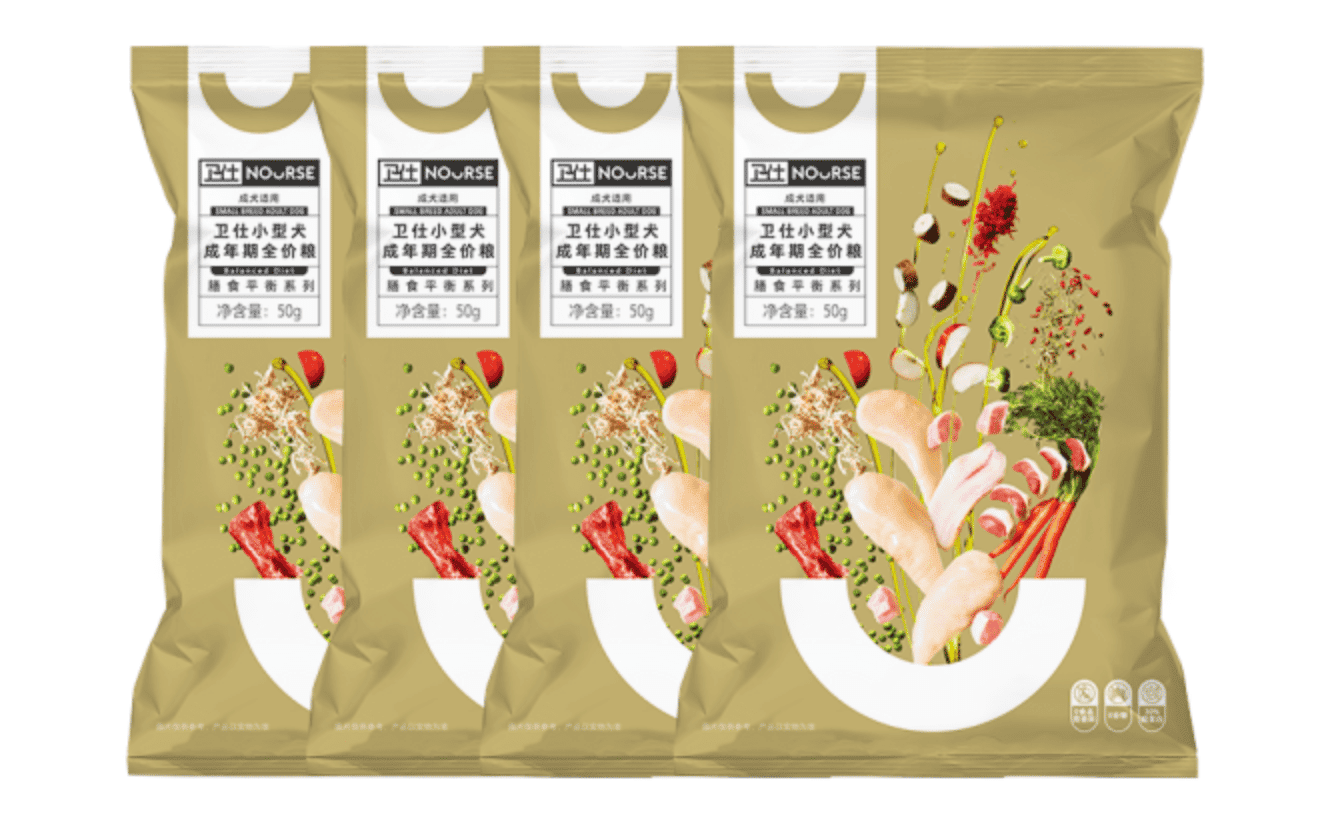
Applications of VFFS Machines
VFFS machines are widely used in various industries due to their versatility, efficiency, and cost-effectiveness.
6.1 Food Packaging
Food packaging is a common application for VFFS machines, as they can handle a wide range of products, including powders, liquids, and solids. They are used for packaging products like sugar, salt, spices, and more.
6.2 Coffee Packaging
VFFS machines are an ideal solution for coffee packaging, as they can create airtight seals to maintain freshness and accommodate various packaging materials, such as laminated films and foil.
6.3 Snack Food Packaging
Snack food packaging is another popular application for VFFS machines. They can efficiently package chips, popcorn, nuts, and other snack items in pillow pouches or customized shaped bags.
6.4 Pet Food Packaging
VFFS machines are also used in the pet food packaging industry. They can package various pet food products, including kibble, treats, and supplements, in a range of bag sizes and materials.
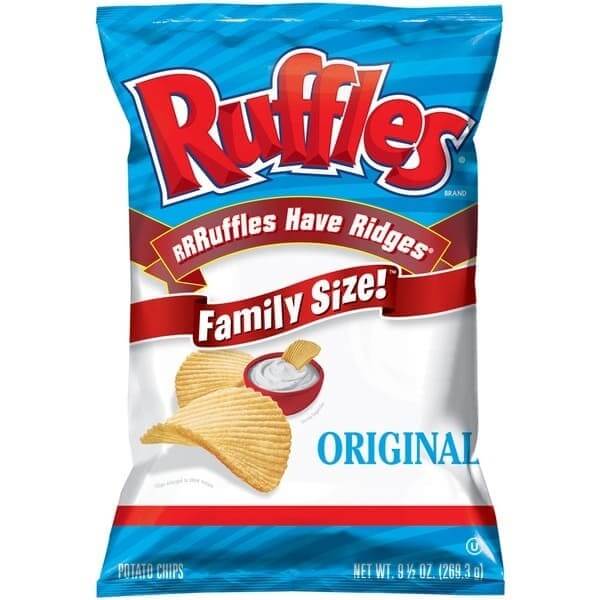
Different Filling Methods for VFFS Machines
VFFS machines can be equipped with various filling systems to accommodate different product types, ranging from liquids and powders to granules and solids. In this section, we will discuss the most common filling methods used in VFFS machines.
7.1 Volumetric Cup Filler
A volumetric cup filler is a filling system that uses a series of adjustable cups to measure and dispense products. This filling method is ideal for free-flowing granular products, such as rice, sugar, and seeds.
Advantages
- Simple and cost-effective: Volumetric cup fillers are relatively simple in design and generally more affordable compared to other filling systems.
- Easy to adjust: The volume of the cups can be easily adjusted to accommodate different product quantities.
Disadvantages
- Limited accuracy: Volumetric cup fillers may not provide the same level of accuracy as other filling methods, particularly for products with irregular shapes or inconsistent densities.
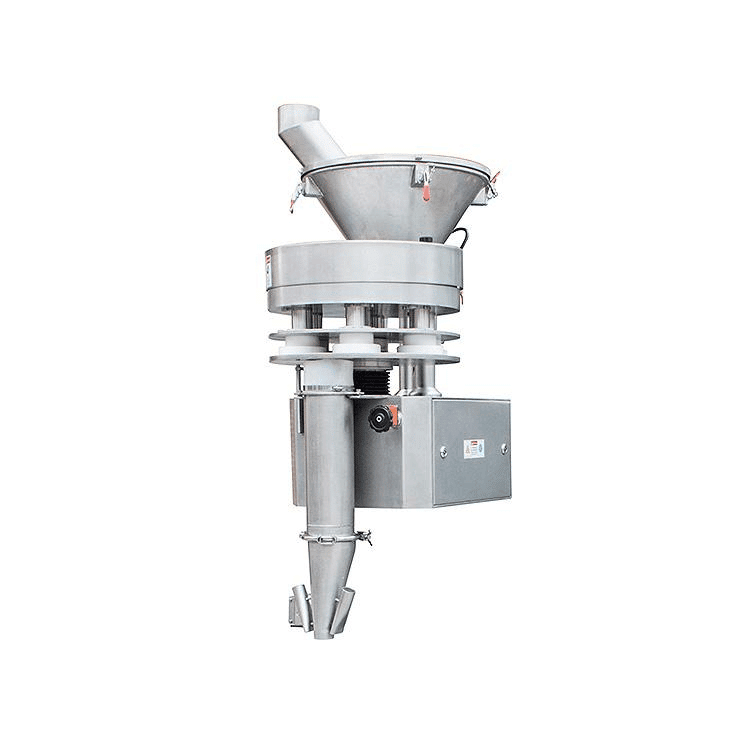
7.2 Auger Filler
An auger filler is a filling system that uses a rotating screw or auger to dispense measured quantities of powders and granular products. This filling method is suitable for products such as flour, spices, and powdered milk.
Advantages
- High accuracy: Auger fillers provide precise filling, ensuring consistent product quantity in each package.
- Versatility: They can handle a wide range of product densities and particle sizes, making them suitable for various powder and granular products.
Disadvantages
- Higher cost: Auger fillers can be more expensive than other filling methods due to their complex design and precision components.
- Requires regular maintenance: The auger and other components may need frequent cleaning and maintenance to prevent product buildup and ensure accurate filling.
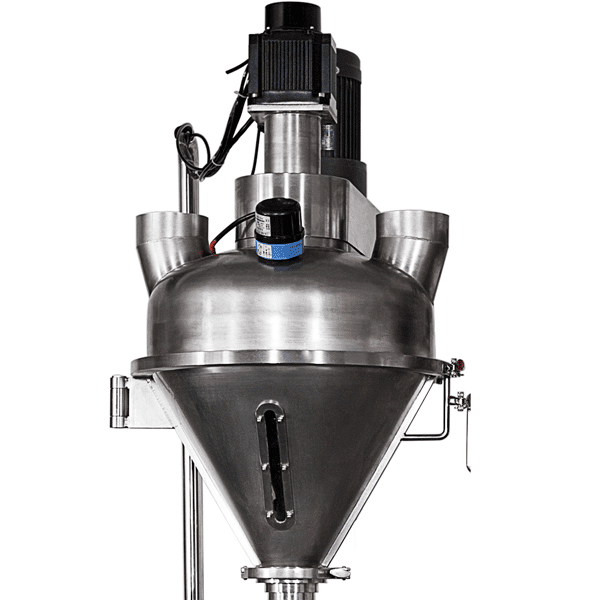
7.3 Piston Filler
A piston filler is a filling system that uses a piston to dispense measured quantities of liquid and semi-liquid products. This filling method is ideal for products such as sauces, dressings, and creams.
Advantages
- High accuracy: Piston fillers provide precise filling, ensuring consistent product quantity in each package.
- Versatility: They can handle a wide range of product viscosities, making them suitable for various liquid and semi-liquid products.
Disadvantages
- Higher cost: Piston fillers can be more expensive than other filling methods due to their precision components and design.
- Requires regular maintenance: The piston and other components may need frequent cleaning and maintenance to prevent product buildup and ensure accurate filling.
7.4 Combination Weigher
A combination weigher is a filling system that uses multiple weighing units to measure and dispense products. This filling method is suitable for a variety of products, including snack foods, candies, and frozen items.
Advantages
- High accuracy and speed: Combination weighers provide precise filling at high speeds, ensuring consistent product quantity in each package and improving overall production efficiency.
- Versatility: They can handle a wide range of product types, sizes, and shapes, making them suitable for various industries.
Disadvantages
- Higher cost: Combination weighers can be more expensive than other filling methods due to their advanced technology and precision components.
- Requires regular maintenance: The weighing units and other components may need frequent cleaning and maintenance to ensure accurate filling and prevent product buildup.
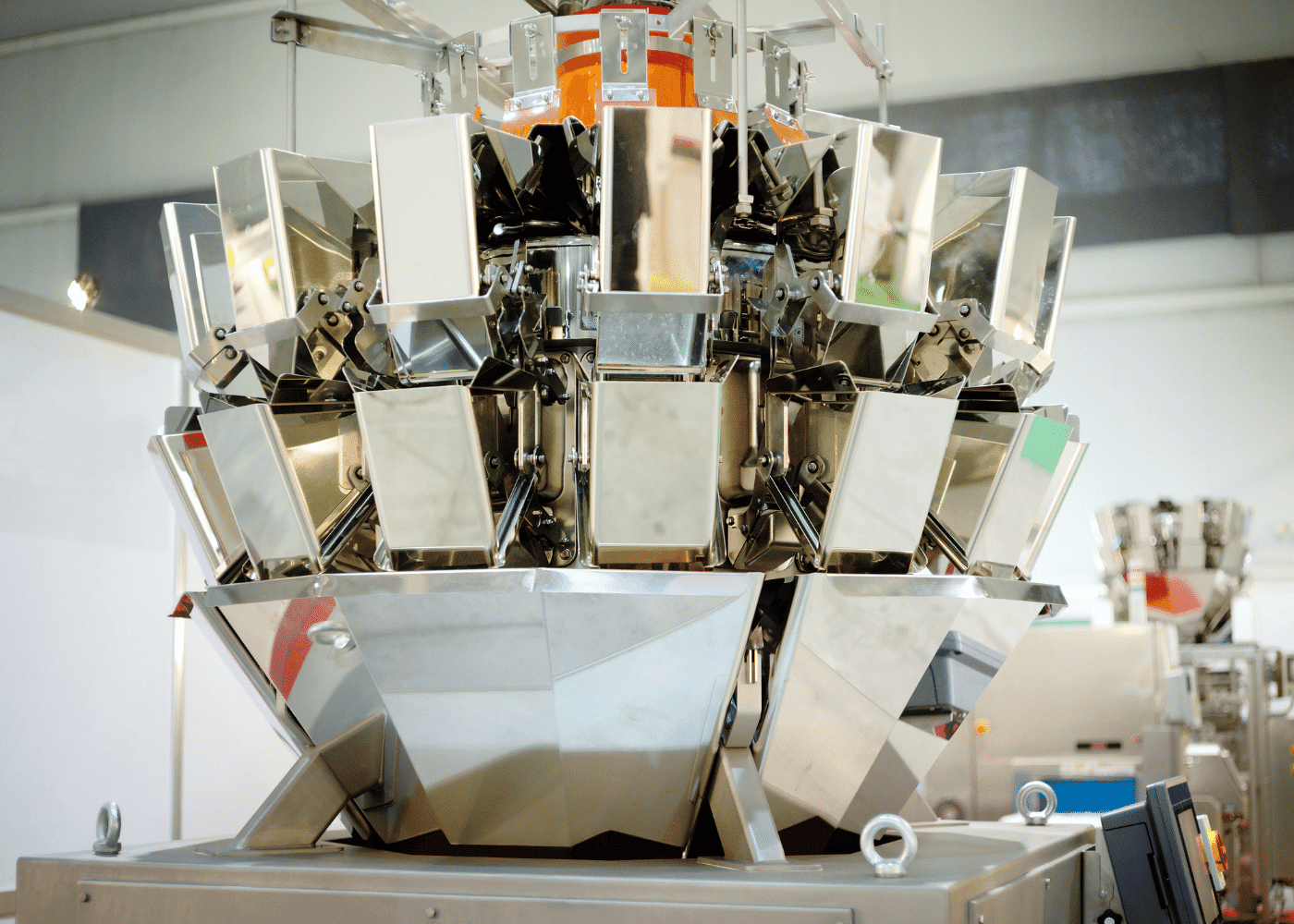
Choosing the Right VFFS Machine for Your Business
Selecting the right VFFS machine for your business depends on several factors, including the product type, packaging materials, production speed, and budget. For more information on choosing the right packaging machine, visit this guide.
Benefits of VFFS Machines
VFFS machines offer numerous benefits, including:
- High efficiency: VFFS machines automate the packaging process, significantly increasing production speed and reducing labor costs.
- Versatility: They can handle various packaging materials, formats, and product types, making them suitable for a wide range of industries.
- Cost-effectiveness: VFFS machines provide an affordable packaging solution that offers a quick return on investment.
- Reliability: Modern VFFS machines are designed for long-lasting, reliable performance with minimal downtime.
In-House vs. Contract Packaging
When deciding between in-house packaging using a VFFS machine or outsourcing to a contract packager, businesses must consider factors such as production volume, cost, and control over the packaging process. For more information on the pros and cons of each option, visit this guide.
Conclusion
VFFS machines are a versatile and efficient packaging solution suitable for various industries. Understanding their components, process, types, and applications can help businesses select the right machine for their needs and leverage the many benefits of automated packaging.
FAQs
Q1: What is a VFFS machine?
A: A VFFS (Vertical Form, Fill, and Seal) machine is an automated packaging machine that creates bags from a roll of film, fills them with the product, and seals them shut.
Q2: What are the key components of a VFFS machine?
A: The key components of a VFFS machine include the film transport system, forming tube and collar, vertical sealing system, horizontal sealing and cutting system, filling system, and control system.
Q3: What types of products can be packaged with a VFFS machine?
A: VFFS machines can package a wide range of products, including food items, coffee, snacks, pet food, and more.
Q4: What are the main types of VFFS machines?
A: The main types of VFFS machines are pneumatic and servo-driven machines.
Q5: What are the benefits of using a VFFS machine for packaging?
A: VFFS machines offer high efficiency, versatility, cost-effectiveness, and reliability, making them an attractive packaging solution for many businesses.

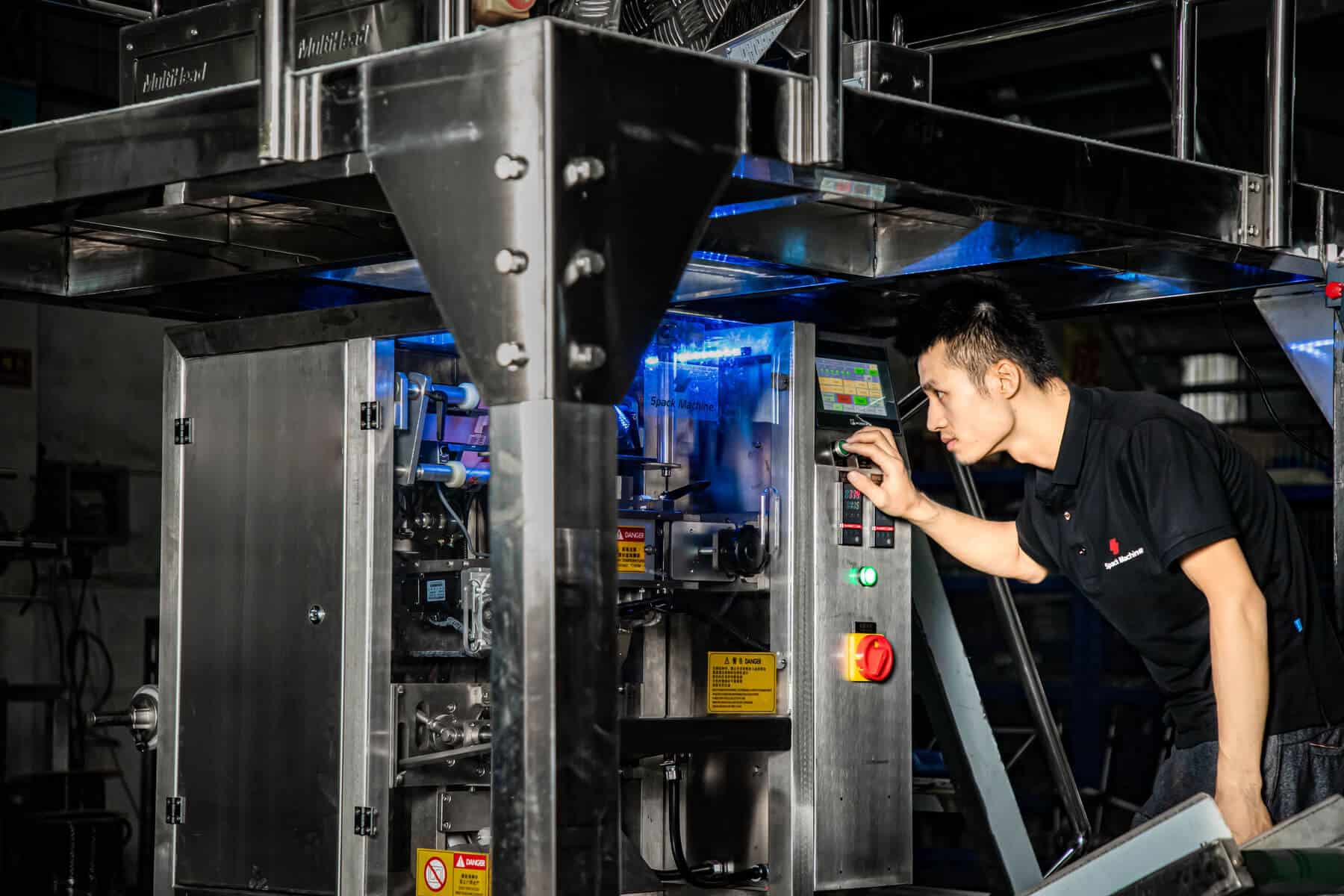
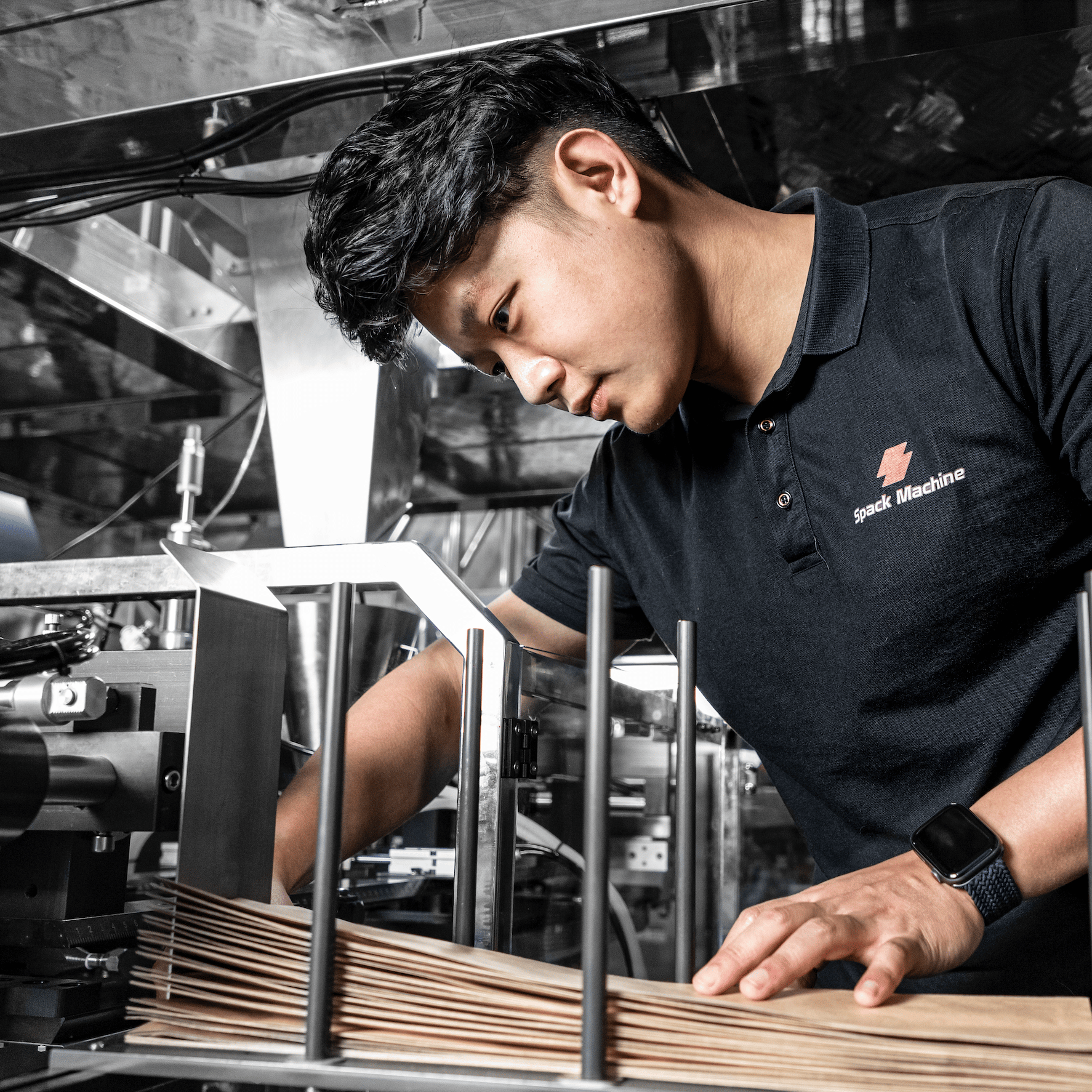
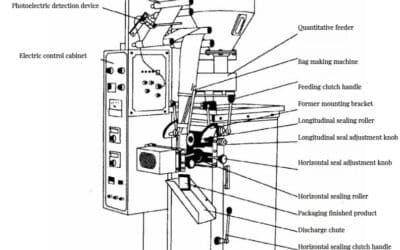
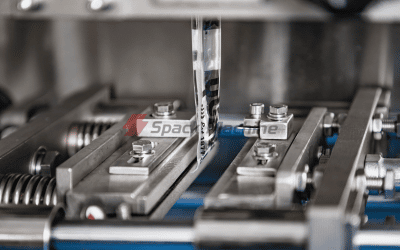
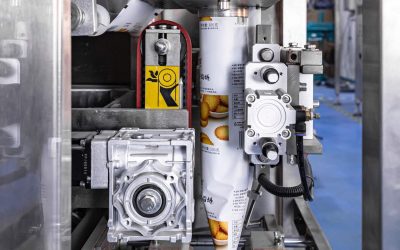
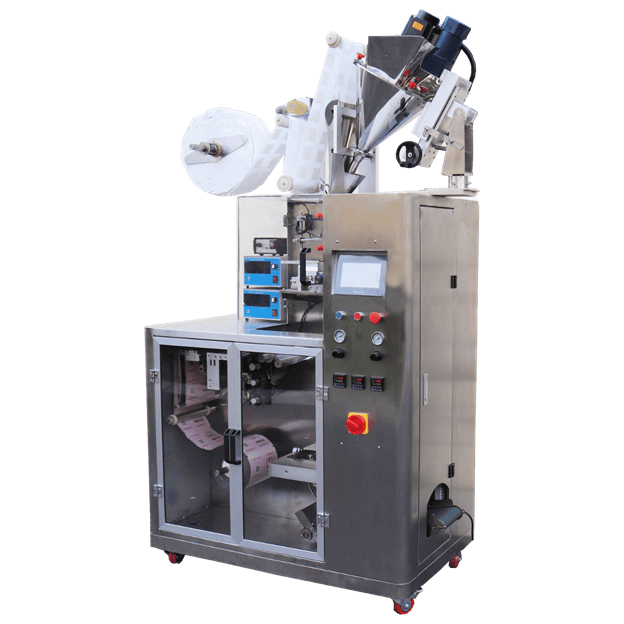
0 Comments